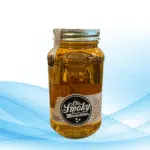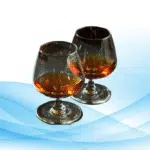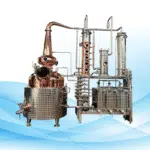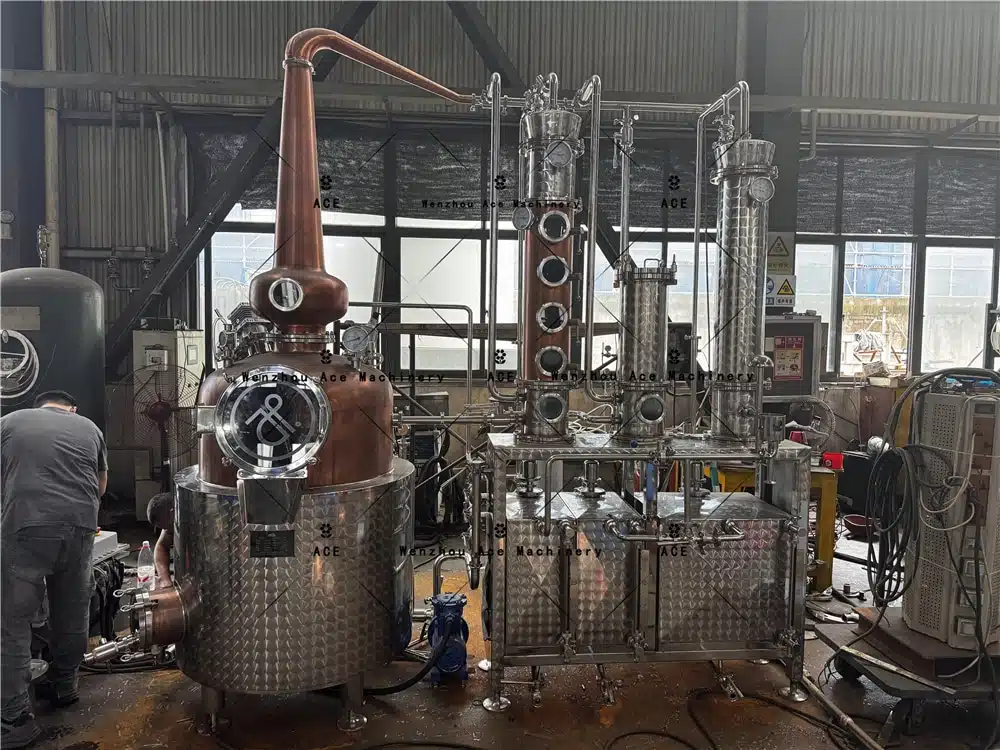Gin distillery are facilities where gin is manufactured via distillation.
Gin, known for its unique botanical flavors and deriving its signature taste primarily from juniper berries, requires several steps involving selecting and preparing botanicals before distilling and bottling of its final product.

We will discuss what constitutes a gin distillery, as well as what distinguishes each distillery.
Understanding a Gin Distillery
A gin distillery is an establishment equipped with specialized equipment for creating gin. Distilleries range in size from small craft operations to industrial producers, yet the production of gin remains fundamentally the same regardless of scale.
Components of a Gin Distillery
Stills: Stills are at the core of any distillery and should be made out of copper or stainless steel to accommodate different shapes and sizes of stills used for distillation, where alcohol is heated, vaporized, condensed back into liquid form, then heated again during the condensing process.
Botanical Basket: In this container are botanicals such as juniper berries, coriander seeds and citrus peel.
Fermentation Tanks: Fermentation tanks are used to ferment base ingredients like grains or grapes in order to produce alcohol before distillation. Water Source: High-quality water sources are essentially both for distillation processes and fine-tuning the final alcohol content of gin products.
The Gin-Making Process
- Selecting Botanicals: The first step in producing gin involves selecting various botanicals – with Juniper berries being an essential element. Other popular botanicals may include coriander, angelica root and various citrus peels being popular choices as well. Each distillery will create its own distinct blend that gives their gin its signature character.
- Maceration: At this step, selected botanicals are immersed in neutral grain spirit to extract their flavors and extract the desired flavors from them. Maceration can last from several hours up to several days, depending on desired flavor profiles.
- Distillation: Once macerated, the macerated mixture is transferred to the still for distillation. Alcohol is heated, while its vapor passes through a botanical basket where it absorbs flavors from botanicals before condensing back into liquid form.
- Distillate Processing: Distillate is collected into three parts, heads, hearts, and tails. Only the hearts containing the purest flavors should be retained, while their heads and tails may either be discarded or redistilled for reuse.
- Dilution and Bottling: Once distilled gin has been made, it must then be diluted with water until its desired alcohol content – typically 40-50% ABV (alcohol by volume) – is reached. Following dilution, it is filtered before being packaged for sale to consumers.
What Sets Distilleries Apart
- Botanical Selection: Each distillery utilizes its own selection of botanicals that contributes to its unique gin flavors.
- Distillation Techniques: Distilleries often utilize traditional pot stills, while others opt for more modern column stills for distilling purposes.
- Water Quality: Water source can have an enormous influence on the flavor of their gin production.
- Craftsmanship: Distillers play an integral part in crafting high-quality gin.
Conclusion
Gin distilleries are more than just places where gin is made; they’re intricate structures of science, art and tradition that involve select botanicals for selection, distillation techniques used and craftsmanship which contributes to creating their distinct flavor profile.
















